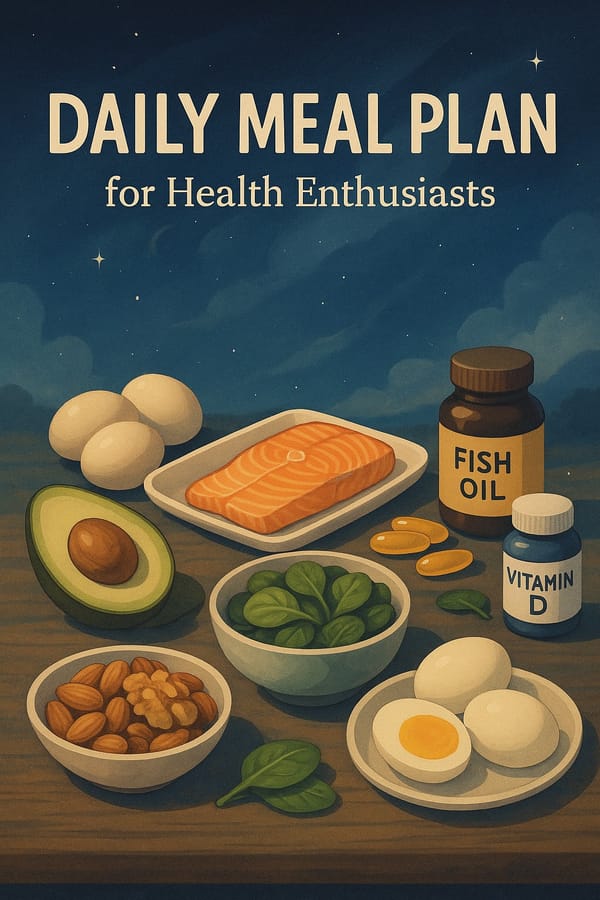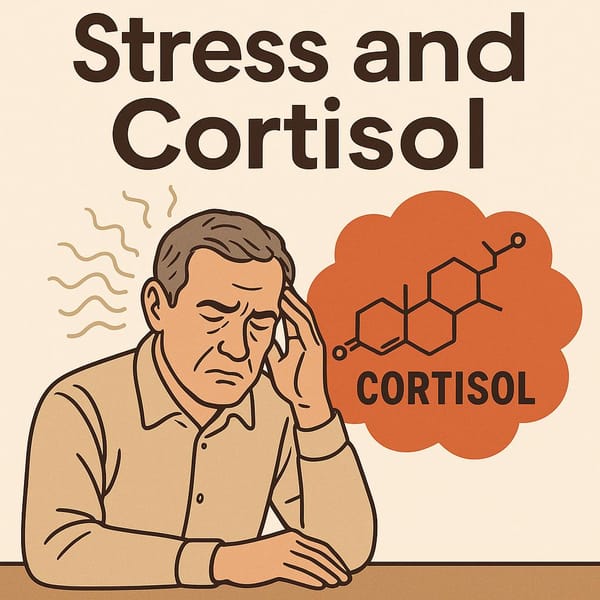Vitamin D3: The Hidden Hero of Health

Vitamin D3 (Cholecalciferol) is a powerhouse nutrient that plays a crucial role in various bodily processes. Often called the "sunshine vitamin," D3 is unique because your body can produce it naturally when your skin is exposed to sunlight, specifically UVB rays. Additionally, it can be obtained through certain foods and supplements.
How is Vitamin D3 Different from Vitamin D?
Vitamin D is a general term that refers to a group of compounds, primarily Vitamin D2 (Ergocalciferol) and Vitamin D3 (Cholecalciferol):
- Vitamin D2: Found in plants, such as certain types of mushrooms, and synthesized when exposed to sunlight.
- Vitamin D3: Found in animal-based sources like salmon, mackerel, egg yolks, and cod liver oil. It is also the form your body produces when exposed to sunlight.
Vitamin D3 is more effective than D2 at raising and maintaining the overall levels of Vitamin D in your bloodstream. It is also more stable and widely used in dietary supplements.
Sources of Vitamin D3
- Sunlight: Your skin synthesizes Vitamin D3 when exposed to UVB rays. Cholesterol in the skin is converted into D3, making sunlight a vital source.
- Food: Rich sources of D3 include fatty fish, egg yolks, and fortified foods like milk and cereals.
- Supplements: Vitamin D3 supplements are commonly paired with calcium to boost bone health.
Benefits of Vitamin D3
- Bone and Dental Health:
- Facilitates the absorption of calcium and phosphorus from the gut.
- Reduces the risk of osteoporosis and rickets in children.
- Immune System Support:
- Enhances immune system function to ward off infections.
- Cardiovascular Health:
- Helps reduce inflammation and may lower the risk of heart disease.
- Brain and Nervous System:
- May reduce the risk of depression and Alzheimer’s disease.
- Hormonal Balance:
- Regulates insulin levels and reduces the risk of type 2 diabetes.
- Muscle Function:
- Improves muscle strength and reduces the risk of falls in older adults.
- Enhances muscle performance in athletes and active individuals.
The Role of UVB Rays in Vitamin D3 Synthesis
UVB rays from sunlight are essential for Vitamin D3 production. Here’s how to maximize the benefits of UVB:
- Optimal Timing: Expose your skin to sunlight between 10:00 AM and 3:00 PM, when UVB levels are highest.
- Duration: Spend 10-30 minutes in the sun, depending on your skin tone and the amount of skin exposed.
- Avoid Sunscreen During Exposure: Sunscreen blocks UVB rays, which can hinder Vitamin D3 synthesis.
- Balance Sun Exposure: Avoid prolonged exposure to reduce the risk of skin damage and skin cancer.
Potential Risks of Vitamin D3
While Vitamin D3 has numerous benefits, excessive intake can cause adverse effects:
- Vitamin D Toxicity (Hypervitaminosis D):
- Caused by consuming too much Vitamin D through supplements.
- Leads to high calcium levels in the blood (Hypercalcemia), with symptoms such as nausea, vomiting, excessive thirst, and frequent urination.
- Liver and Kidney Issues:
- Elevated calcium levels can lead to kidney stones or kidney damage.
How Vitamin D3 Works in the Body
- Synthesis: UVB rays trigger cholesterol in the skin to produce pre-vitamin D3, which is then converted to Vitamin D3.
- Activation: Vitamin D3 travels to the liver, where it is converted to 25(OH)D, the form measured in blood tests.
- Final Conversion: In the kidneys, 25(OH)D is converted into 1,25(OH)2D, or calcitriol, the active form used by the body.
- Calcium Regulation: Calcitriol enhances calcium absorption in the intestines and helps maintain healthy calcium and phosphorus levels in the blood and bones.
Summary
Vitamin D3 is a vital nutrient that supports overall health, particularly bone strength, immune function, and muscle performance. While sunlight is the most natural way to obtain D3, many people lack sufficient exposure due to lifestyle factors. Incorporating D3-rich foods and supplements can help bridge the gap, but it’s crucial to avoid excessive intake to prevent potential health issues. Embrace Vitamin D3—your body’s hidden health hero!



